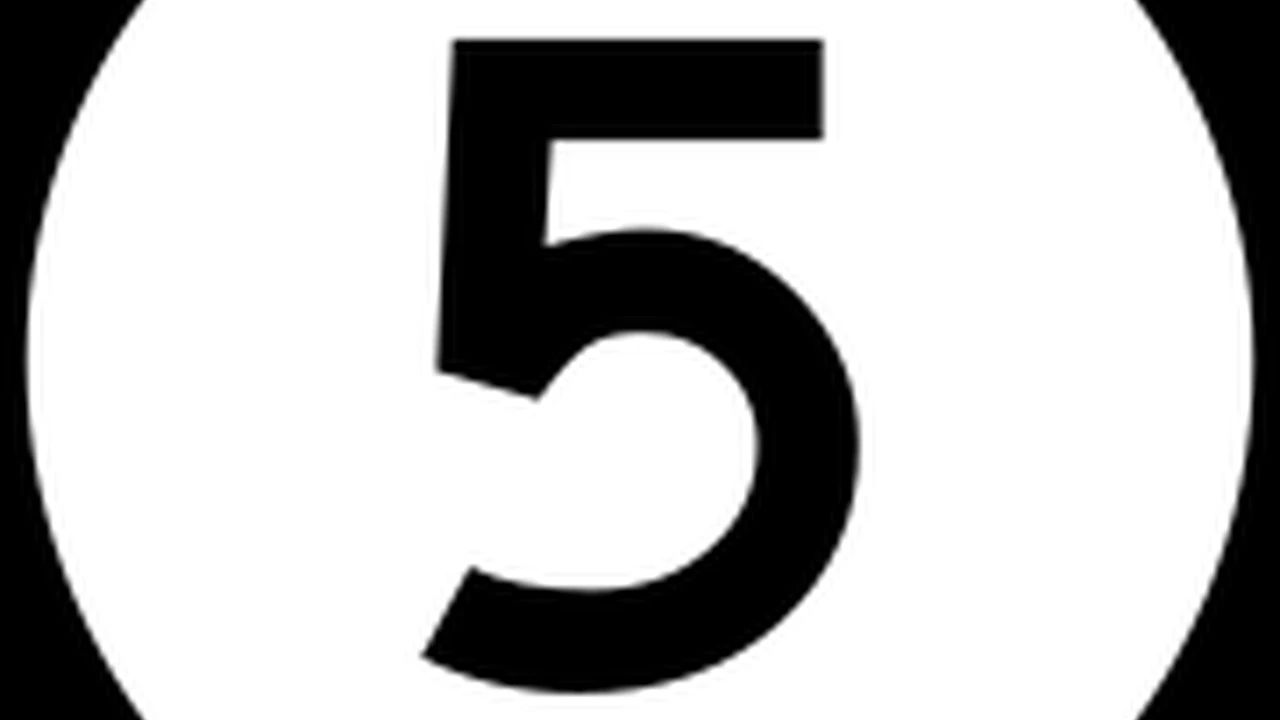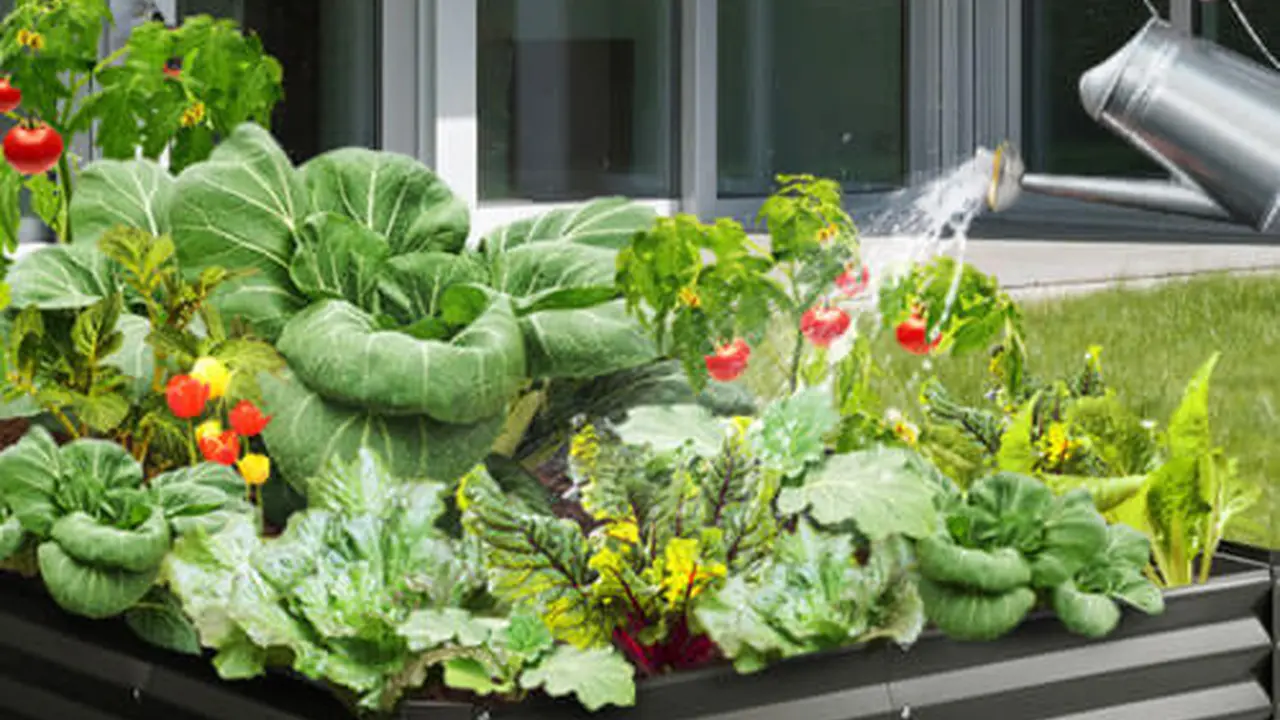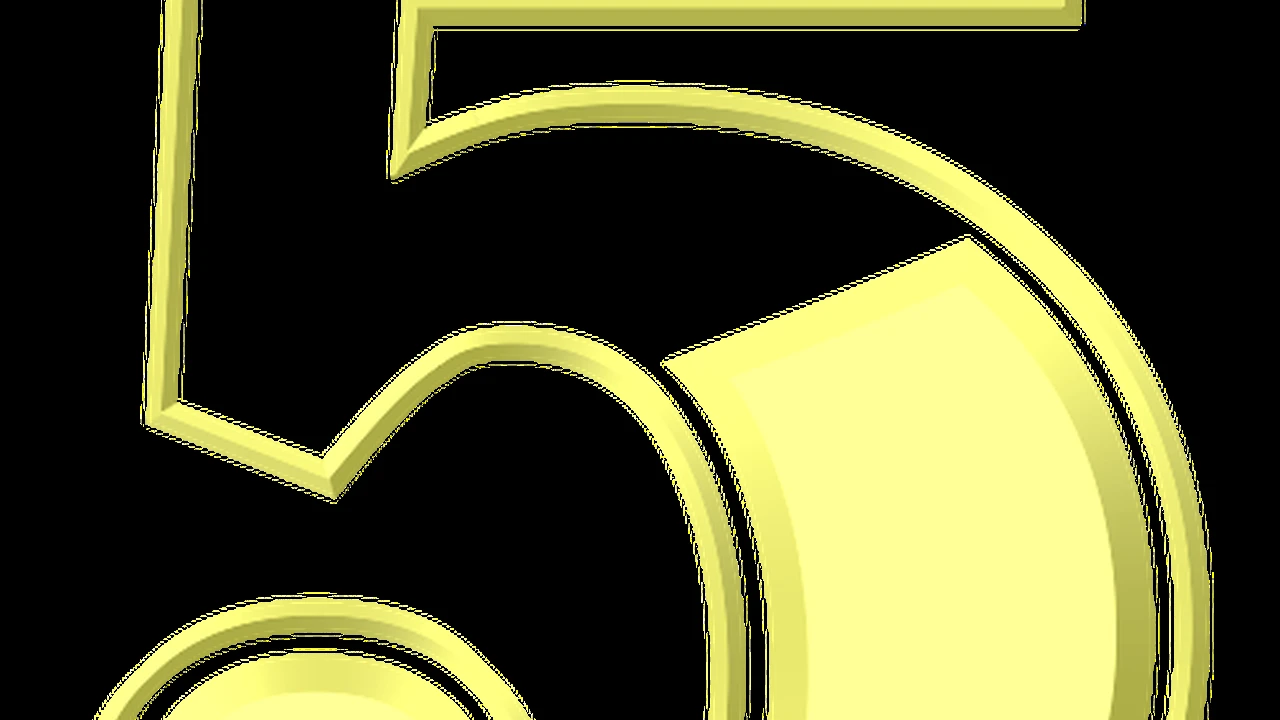5 Ways to Attract Birds and Butterflies to Your Garden
Learn 5 effective ways to attract birds and butterflies to your garden. Create a vibrant and biodiverse outdoor sanctuary.

5 Ways to Attract Birds and Butterflies to Your Garden
Hey there, fellow garden enthusiasts! Ever wished your backyard was buzzing with life, filled with the cheerful chirps of birds and the graceful dance of butterflies? Well, you're in luck! Creating a wildlife-friendly garden isn't just good for nature; it also adds a whole new layer of beauty and tranquility to your outdoor space. We're going to dive into five super effective ways to turn your garden into a vibrant sanctuary for these amazing creatures. Get ready to roll up your sleeves and make some feathered and winged friends!
1. Plant Native Species for Bird and Butterfly Food Sources
One of the absolute best things you can do to attract local birds and butterflies is to plant native species. Think about it: these plants have evolved alongside the local wildlife, so they're perfectly suited to provide the food and shelter these creatures need. Non-native plants might look pretty, but they often don't offer the same nutritional value or habitat support.
Why Native Plants are Best for Attracting Wildlife
- Natural Food Source: Native plants provide the specific nectar, pollen, seeds, and berries that local birds and butterflies rely on. For example, monarch butterflies exclusively lay their eggs on milkweed (Asclepias species), and their caterpillars feed only on its leaves. Without milkweed, no monarchs!
- Host Plants for Caterpillars: Many butterfly species are very picky about where they lay their eggs. These 'host plants' are crucial for the survival of their larvae. Oak trees, for instance, host hundreds of different caterpillar species, which in turn become a vital food source for many birds.
- Adapted to Local Conditions: Native plants are already adapted to your region's climate, soil, and rainfall, meaning they often require less water, fertilizer, and pesticides – which is great for both your wallet and the environment!
Top Native Plant Recommendations for Birds and Butterflies
Let's get specific! Here are some fantastic native plant options that are proven winners for attracting wildlife:
For Butterflies (Nectar & Host Plants):
- Milkweed (Asclepias spp.): Absolutely essential for Monarch butterflies. There are various types, so choose one native to your area (e.g., Common Milkweed, Swamp Milkweed, Butterfly Weed).
- Coneflower (Echinacea spp.): A beautiful perennial that provides nectar for many butterfly species and seeds for finches.
- Blazing Star (Liatris spp.): Tall, spiky flowers that are a magnet for butterflies, especially swallowtails.
- Aster (Symphyotrichum spp.): Late-season bloomers that provide crucial nectar for migrating butterflies.
- Goldenrod (Solidago spp.): Often unfairly blamed for allergies (ragweed is the real culprit!), goldenrod is a fantastic late-season nectar source.
- Spicebush (Lindera benzoin): A host plant for Spicebush Swallowtail caterpillars.
- Pawpaw (Asimina triloba): Host plant for the Zebra Swallowtail.
For Birds (Berries, Seeds & Shelter):
- Serviceberry (Amelanchier spp.): Produces delicious berries early in the season, loved by many bird species.
- Elderberry (Sambucus canadensis): Another berry producer that attracts a wide variety of birds.
- Oak (Quercus spp.): While large, oaks are incredibly valuable, hosting countless insects (caterpillars!) that birds feed on, and producing acorns.
- Sunflower (Helianthus annuus - native varieties): Their seeds are a favorite of finches and other seed-eating birds.
- Cardinal Flower (Lobelia cardinalis): Its bright red flowers are a hummingbird magnet.
- Trumpet Vine (Campsis radicans): Another excellent choice for hummingbirds.
- Conifers (Pines, Spruces, Firs): Provide excellent year-round shelter and nesting sites.
When choosing plants, always check with your local nursery or extension office for species that are truly native to your specific region. This makes a huge difference!
2. Provide Water Sources for Garden Wildlife
Just like us, birds and butterflies need water to survive. A reliable water source can turn your garden into a popular pit stop, especially during hot, dry spells. It's not just for drinking; birds also need water for bathing to keep their feathers in tip-top condition.
Different Water Features for Birds and Butterflies
- Bird Baths: The classic choice! Look for a shallow bird bath (no more than 2-3 inches deep) with a rough surface to give birds good footing. A pedestal style is great to keep them safe from predators.
- Butterfly Puddling Stations: Butterflies don't drink from deep water. They prefer to 'puddle' in shallow, damp areas to extract minerals from the soil. You can create one by filling a shallow dish with sand, adding a few small rocks, and keeping it consistently moist.
- Drippers or Misters: A small dripper or mister attached to a bird bath or a nearby plant can be incredibly attractive. The sound of dripping water is a huge draw for birds, and butterflies love the fine mist.
- Small Ponds or Water Gardens: If you have the space, a small pond can attract even more wildlife, including dragonflies (which eat mosquitoes!) and frogs. Just make sure it has shallow edges for easy access.
Maintenance Tips for Clean Water Sources
Cleanliness is key! Stagnant water can become a breeding ground for mosquitoes and spread diseases among birds. Here's how to keep your water features sparkling:
- Change Water Daily: Especially in warm weather, refresh the water in bird baths and puddling stations every day.
- Clean Regularly: Scrub your bird bath with a stiff brush every few days (or weekly at minimum) to remove algae and debris. A diluted bleach solution (1 part bleach to 9 parts water) can be used for a deeper clean, but rinse thoroughly afterward.
- Avoid Pesticides: Don't use any chemicals near your water sources.
- Consider a Heater: In colder climates, a bird bath heater can provide a vital water source during winter months.
Recommended Products for Water Features
Let's look at some popular and effective products you can use:
Bird Baths:
- Sunnydaze Outdoor Pedestal Bird Bath: A classic, durable concrete or resin option. Often around $50-$100. Good for stability and traditional garden aesthetics.
- Perky-Pet Waterer: A hanging waterer that's easy to clean and can be placed away from ground predators. Usually $20-$40.
- Heated Bird Bath (e.g., Allied Precision Industries): Essential for winter. Prices range from $60-$150 depending on size and features.
Butterfly Puddling Stations:
- DIY Puddling Station: The most cost-effective! Use a shallow terracotta saucer, sand, and small pebbles. Cost: $5-$15.
- Store-bought Butterfly Puddler: Some brands offer decorative puddling stones or dishes. Prices vary, typically $15-$30.
Drippers/Misters:
- Allied Precision Industries Bird Bath Dripper: Attaches to a hose and provides a gentle drip. Around $30-$50.
- Orbit Micro-Mist Sprinkler: Can be adapted for a fine mist over plants or a shallow dish. Very affordable, often under $10.
3. Create Shelter and Nesting Sites for Garden Visitors
Birds and butterflies need safe places to rest, hide from predators, and raise their young. Your garden can provide crucial shelter, especially if natural habitats are scarce in your area.
Types of Shelter and Nesting Options
- Dense Shrubs and Trees: Provide excellent cover from predators and harsh weather. Evergreens are particularly good for year-round shelter.
- Brush Piles: A simple pile of branches and twigs in a quiet corner of your garden can offer fantastic shelter for small birds and insects.
- Tall Grasses and Wildflower Patches: Offer cover for ground-nesting birds and a place for butterflies to roost at night.
- Bird Houses/Nesting Boxes: Different bird species prefer different types of houses, so do a little research for your target birds. Make sure they are properly sized and placed.
- Butterfly Houses: While their effectiveness is debated (butterflies often prefer natural shelter), they can add a nice decorative touch and might be used by some species for overwintering.
- Rock Piles: Can provide cool, damp hiding spots for beneficial insects.
Placement and Maintenance of Shelters
- Location, Location, Location: Place birdhouses and feeders away from high-traffic areas and out of reach of predators (like cats).
- Clean Birdhouses: Clean out birdhouses annually after nesting season to prevent disease and make them ready for new occupants.
- Leave Some Mess: Resist the urge to be too tidy! Leaving some leaf litter, dead branches, or spent plant stalks can provide valuable overwintering sites for insects and shelter for birds.
Recommended Products for Shelter and Nesting
Bird Houses:
- Droll Yankees Wren House: A simple, durable house for wrens, often around $20-$30.
- Cedar Bluebird House (e.g., Coveside Conservation): Specifically designed for bluebirds, usually $30-$50.
- Multi-Chamber Bat House (e.g., Bat Conservation International certified): Attracts bats, which are fantastic mosquito eaters! Prices vary, $40-$100+.
Butterfly Houses:
- Decorative Butterfly House (e.g., from various garden decor brands): Often more aesthetic than functional, but can be a nice addition. $15-$40.
4. Avoid Pesticides and Herbicides for a Healthy Ecosystem
This one is a biggie! If you want a thriving ecosystem in your garden, you absolutely need to ditch the chemical pesticides and herbicides. These substances don't just kill the 'bad' bugs; they harm or kill the 'good' bugs too, which are essential food sources for birds and crucial for pollination.
The Harmful Effects of Chemicals on Wildlife
- Direct Poisoning: Birds and butterflies can be directly poisoned by ingesting treated plants or insects.
- Loss of Food Source: Pesticides kill the insects that birds eat, especially during nesting season when chicks need protein-rich caterpillars.
- Disruption of Life Cycles: Herbicides kill host plants for butterflies, breaking their life cycle.
- Contamination: Chemicals can leach into water sources, harming aquatic life and anything that drinks from them.
Organic Pest and Weed Control Alternatives
Don't worry, you don't have to let your garden be overrun! There are plenty of effective organic and natural methods:
- Embrace Beneficial Insects: Ladybugs, lacewings, and predatory wasps are natural pest controllers. Plant flowers that attract them (e.g., dill, fennel, cilantro).
- Hand-Picking Pests: For larger pests like tomato hornworms, a good old-fashioned hand-pick can be very effective.
- Companion Planting: Some plants naturally deter pests. Marigolds, for example, are known to repel nematodes.
- Neem Oil: A natural insecticide derived from the neem tree. It disrupts insect feeding and reproduction.
- Insecticidal Soap: Effective against soft-bodied insects like aphids and spider mites.
- Weed by Hand: For weeds, nothing beats good old manual labor. Mulching also helps suppress weeds significantly.
- Vinegar Solutions: For stubborn weeds in pathways, a strong vinegar solution can be effective (use with caution around desirable plants).
Recommended Organic Pest Control Products
- Bonide Neem Oil: A popular and effective organic pesticide. A 16oz concentrate is typically $15-$25.
- Safer Brand Insect Killing Soap: Ready-to-use or concentrate, good for aphids, mites, etc. Around $10-$20.
- Monterey BT (Bacillus thuringiensis): A biological pesticide specifically targets caterpillars, safe for other wildlife. A 16oz concentrate is usually $20-$30.
- Beneficial Insect Releases (e.g., from Arbico Organics or Nature's Good Guys): You can purchase ladybugs, praying mantises, and other beneficial insects to release in your garden. Prices vary widely depending on the insect and quantity, from $10 for a small container of ladybugs to $50+ for larger quantities or specific predators.
5. Provide Supplemental Food Sources for Birds
While native plants are the foundation, supplemental feeding can be a great way to attract and support birds, especially during lean times of the year (winter or early spring). It also gives you a fantastic opportunity to observe them up close!
Types of Bird Feeders and Food
- Seed Feeders: These are the most common.
- Tube Feeders: Great for smaller birds like finches and chickadees. Fill with black oil sunflower seeds or nyjer seed.
- Hopper Feeders: Can hold a larger quantity of seed and protect it from the elements. Attracts a wide variety of birds.
- Platform/Tray Feeders: Attracts ground-feeding birds like jays and cardinals. Can be messy but popular.
- Suet Feeders: Suet (rendered animal fat) is a high-energy food, especially valuable in winter for woodpeckers, nuthatches, and chickadees.
- Hummingbird Feeders: Filled with a simple sugar solution (4 parts water to 1 part sugar, no red dye!). Attracts hummingbirds.
- Oriole Feeders: Designed for orioles, often holding oranges or grape jelly.
- Peanut Feeders: Attracts jays, woodpeckers, and nuthatches.
Best Practices for Bird Feeding
- Cleanliness is Crucial: Just like with water, dirty feeders can spread disease. Clean feeders regularly with a diluted bleach solution and rinse thoroughly.
- Choose Quality Seed: Avoid cheap seed mixes with a lot of filler (like red milo). Black oil sunflower seeds are a universal favorite.
- Placement: Place feeders where you can easily see them but also where birds feel safe from predators. Near dense shrubs is ideal.
- Squirrel-Proofing: Squirrels are notorious feeder invaders. Use baffles or squirrel-resistant feeders.
- Consistency: Once you start feeding, try to be consistent, especially in winter. Birds come to rely on your food source.
Recommended Bird Feeders and Food Products
Feeders:
- Droll Yankees A-6F Classic Tube Feeder: Durable, easy to clean, and squirrel-resistant. Often $40-$60.
- Brome Squirrel Buster Plus: A top-rated squirrel-proof feeder, worth the investment. Typically $80-$120.
- Perky-Pet Oriole Feeder: Specifically designed for orioles with orange accents and jelly cups. Around $20-$35.
- Aspects HummZinger High-View Hummingbird Feeder: Easy to clean and provides a clear view of hummingbirds. Usually $20-$30.
- C&S EZ Fill Suet Basket: Simple and effective suet feeder. Often under $10.
Food:
- Wagner's Black Oil Sunflower Seed: A widely available and high-quality option. A 20lb bag is typically $20-$30.
- Kaytee Nyjer Seed: Specifically for finches. A 5lb bag is around $15-$25.
- C&S High Energy Suet Cakes: Various flavors available. A 10-pack is usually $15-$25.
- Homemade Nectar: Water and sugar (4:1 ratio) is the cheapest and best option for hummingbirds.
So there you have it! By implementing these five strategies – planting native species, providing water, creating shelter, avoiding chemicals, and offering supplemental food – you'll be well on your way to transforming your garden into a bustling haven for birds and butterflies. It's a rewarding journey that connects you more deeply with nature and brings endless joy to your outdoor living space. Happy gardening, and enjoy your new winged and feathered neighbors!
:max_bytes(150000):strip_icc()/277019-baked-pork-chops-with-cream-of-mushroom-soup-DDMFS-beauty-4x3-BG-7505-5762b731cf30447d9cbbbbbf387beafa.jpg)






